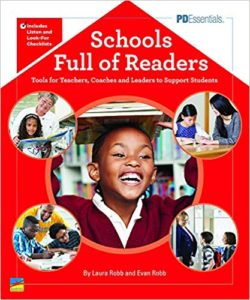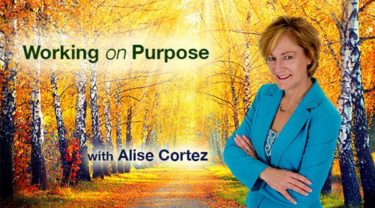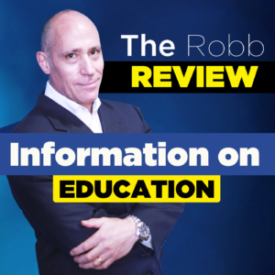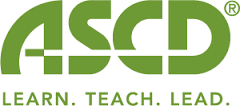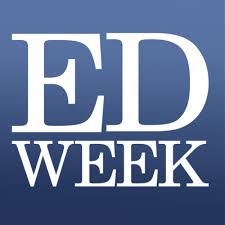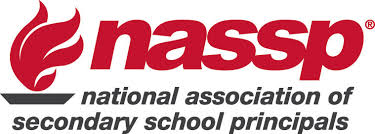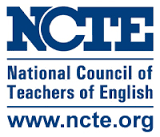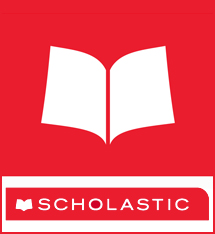Why Poetry? Let Me Count the Ways
By Timothy Rasinski, Ph.D
Anyone who has followed my work in the past knows that I am a huge advocate for the use of poetry (and song) in the literacy classroom for all students, but especially for younger readers and older readers who struggle. I’d like to share reasons why I think poetry should be an essential part of any literacy program.
Poetry is Joyous
Perhaps the most important reason for the use of poetry is that it is pure joy to read and perform. So many of today’s children’s poets write with such great humor that children are certain to find great delight. Poetry is fun reading!
Poetry is Profound
Beyond its ability to tickle a funny bone or two, poetry can be deeply profound and help build students’ knowledge of the world they live in. Whether it is David L. Harrison’s Rhymes for the Times that tell the story of America through poetry, Catherine Clinton’s I, Too, Sing America: Three Centuries of African American Poetry, Glen Alberto Salazar’s A Little Book of Persian Poetry, or Brod Bagert’s heart of science poetry, poetry can expand children’s world and stretch their imaginations.
Poetry Builds the Foundation for Reading
Research tells us that many children struggle in reading because of they are not fully proficient in the foundational aspects of reading. Poetry is immensely suited to improve many foundational reading competencies.
Phonemic Awareness
Poetry is filled with texts that play with sounds. Think of all the nursery rhymes children should learn before starting school. Diddle Diddle Dumpling, Dickery Dickery Dare, Peter Piper, picked a peck, or Betty Botter Bought some Butter are sure to help children develop an awareness of the phonemes /d/, /p/, and /b/. I can’t help but wonder if nursery rhymes were first created to help children develop their awareness of speech sounds that is crucial to their language and literacy development.
Phonics
Most poems for children rhyme. Rhyming words are words usually (not always) have similar rimes (e.g. the -ake in bake, cake, rake, take…). Helping children detect and decode rimes are a great way to develop their phonics or word decoding ability (as well as their spelling or encoding). Dr. Edward Fry, for example, found that knowledge of just 38 common rimes could help children decode over 600 words simply by adding beginning consonant, consonant blend, or digraph. Little Bo Peep is a perfect text to explore the -eep rime, and Maya Angelou’s Life Doesn’t Frighten Me at All is certain to help children learn about the -all rime (and much more!).
Vocabulary
Poetry is filled with rich words that poets use to weave their magic. Back to the Maya Angelou poem we can find wonderful words and phrases such as frighten, frogs and snakes, dragons, counterpane, tough guys, and much much more. Our job as teachers is simply to help children notice these great words that poets make such great use of.
Fluency
Fluency is developed largely through repeated readings of texts. Another name for repeated reading is rehearsal. Poetry is meant to be performed, so in order to get the point where students are able to perform, they will need to rehearse, hopefully under the guidance and support of a teacher. Moreover, the aim of the repeated reading is to read with good expression (prosody), which is at the heart of fluency, instead of reading fast which is the goal of too many repeated reading lessons.
Sight Vocabulary
The rhythm, rhyme (and melody) in poetry, and songs makes them easily memorized. How many of us can remember a poem that we first learned and last read in our school days? Sight words are essentially words that are memorized by sight and sound. Poetry is excellent text for helping students expand their corpus of memorized words – sight vocabulary, especially when after reading (and performing) an entire poem we work with students to analyze individual words and word patterns in the poem itself.
Writing
Because poetry often has a specific and transparent structure, it is an excellent mentor text for students’ writing. It is not difficult for students to write their own versions (or parodies) of favorite poems or songs, whether it is their own versions of Yankee Doodle, Judith Viorst’s If I were in Charge of the World, or Langston Hughes’ Mother to Son the structure of the poetic text gives students a head start on creating their own poetry. A favorite for many students in our university reading clinic:
Diddle Diddle Dumpling my son John,
Went to bed with his stockings on.
One shoe off, one shoe on.
Diddle Diddle Dumpling, my son John.
That rhyme is also a favorite for students writing their own. Taylor, for example, wrote (rehearsed and performed) his own version of the rhyme:
Diddle Diddle Dumpling my son Fred,
Slept all day on his bed.
Woke up at midnight and screamed “there’s a monster under my bed.”
Diddle Diddle Dumpling, my son Fred.
Success – A Sense of Accomplishment
Children who struggle in reading do not often experience success in their reading, especially when they compare themselves with their more proficient classmates. Poems are relatively short, and the rhythm and rhyme embedded in poetry for children make them easy to learn to read and perform. Imagine the feeling of accomplishment children can feel when they are able to fluently and expressively read a poem aloud, just as well as any more proficient reader, to classmates, teacher, family members, and others. That success is empowering. In our reading clinic, our goal is for children to leave every single day with the ability to read something well and to read and perform it for their parents and other family members.
Make Poetry Part of your Reading Curriculum
In our educational world where stories and informational texts are the dominant forms of reading, we need to make a concerted effort to allow poetry a foothold. Just 10-20 minutes of poetry reading a day can have a profound effect on children’s literacy development. Poetry is particularly well suited for remote and virtual instruction. Poems can easily be sent electronically to students and printed at home. Then, via zoom or other distance technology, teachers and children can easily practice, master, and perform a daily poem in that 10-20 time span. Let’s make it a goal for poetry to be read, rehearsed, and performed every day of the school year!
BrodBagert https://www.brodbagertsheartofscience.com/
Margarita Engle http://margaritaengle.com/
David L. Harrison https://www.davidlharrison.com/
Sara Holbrook https://www.saraholbrook.com/resources/poems/
Kenn Nesbitt https://www.poetry4kids.com/
Robert Pottle http://robertpottle.com/poetry-index.php
Jack Prelutsky http://jackprelutsky.com/
You can find resources for teaching accurate and automatic word recognition (i.e. fluency) at Tim’s own website – www.timrasinski.com
Daily Word Ladders by Timothy Rasinski
Follow Tim on Twitter @TimRasinski1
![]()

